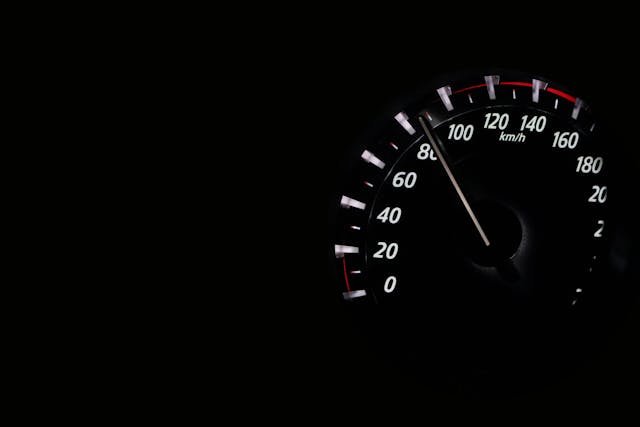In today’s fast-paced digital world, having a website that loads quickly is crucial. Slow loading times can frustrate visitors, lead to higher bounce rates, and negatively impact your search engine rankings. Here are some simple tips to improve your website’s loading speed and keep your visitors happy.
1. Optimize Your Images
Large image files are one of the main culprits of slow websites. Ensure all images are compressed and resized appropriately before uploading them to your site. Tools like TinyPNG or ImageOptim can help reduce file sizes without compromising quality.
2. Use Browser Caching
Browser caching stores parts of your website on a visitor’s computer, so they don’t have to reload the entire page each time they visit. This can significantly speed up repeat visits. To enable caching, you can modify your .htaccess file or use a caching plugin if you’re on a platform like WordPress.
3. Minimize HTTP Requests
Each element on your page (images, scripts, stylesheets) requires an HTTP request. The more requests, the slower your site. Minimize these requests by simplifying your design, combining files, and removing unnecessary plugins.
4. Enable Compression
Compressing your website files can reduce the amount of data that needs to be transferred to the user’s browser. Gzip is a popular compression method that can reduce file sizes significantly. Most web servers support Gzip compression, and it can be enabled through your server’s configuration.
5. Optimize CSS and JavaScript
CSS and JavaScript files can be minified to remove unnecessary spaces and comments, which can speed up loading times. Tools like CSS Minifier and JSCompress can help. Additionally, consider placing CSS at the top of your page and JavaScript at the bottom to allow progressive rendering.
6. Use a Content Delivery Network (CDN)
A CDN distributes your website’s content across multiple servers worldwide, allowing visitors to download files from the server closest to them. This reduces latency and speeds up load times. Popular CDNs include Cloudflare, Amazon CloudFront, and Akamai.
7. Reduce Server Response Time
Slow server response times can delay your website’s loading. Choose a reliable web hosting provider and consider upgrading to a faster hosting plan if necessary. If you’re unsure, our Web Hosting Services at Come2theweb are designed to provide fast and reliable hosting solutions.
8. Monitor and Test Your Website Speed
Regularly test your website’s speed using tools like Google PageSpeed Insights, GTmetrix, or Pingdom. These tools provide detailed reports and suggestions on how to improve loading times.
Conclusion
Improving your website’s loading speed is essential for a better user experience and higher search engine rankings. By following these tips, you can ensure your site runs smoothly and efficiently.
If you need professional help to optimize your website, check out our Website Maintenance Services or contact us directly through our Contact Page. We’re here to help you make the most of your online presence!
Remember, a faster website means happier visitors and better business outcomes. Let’s get started today!


